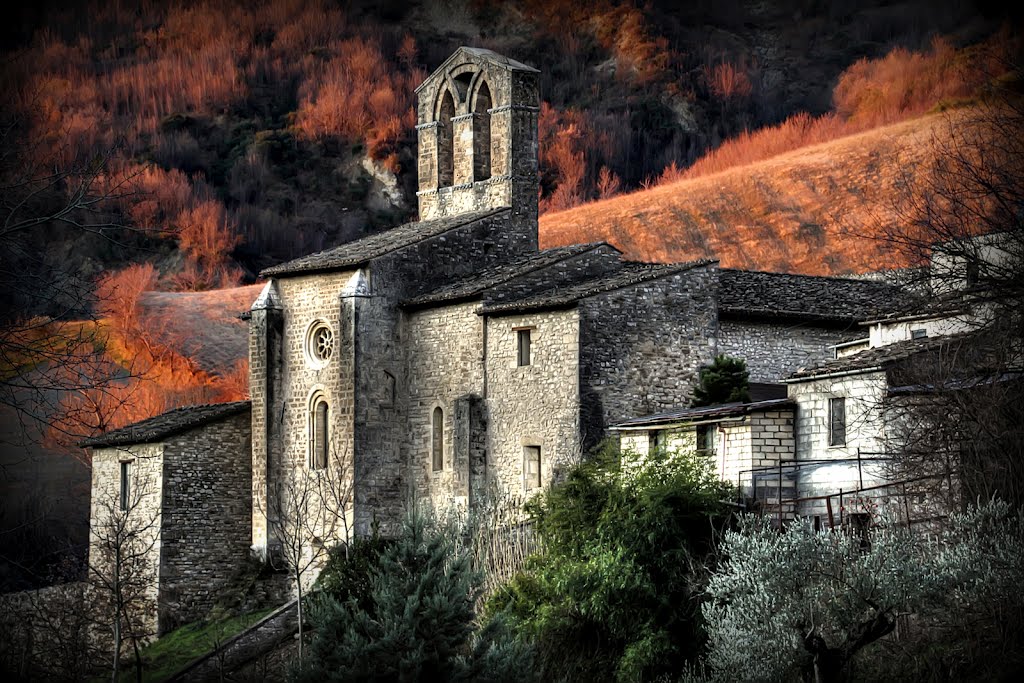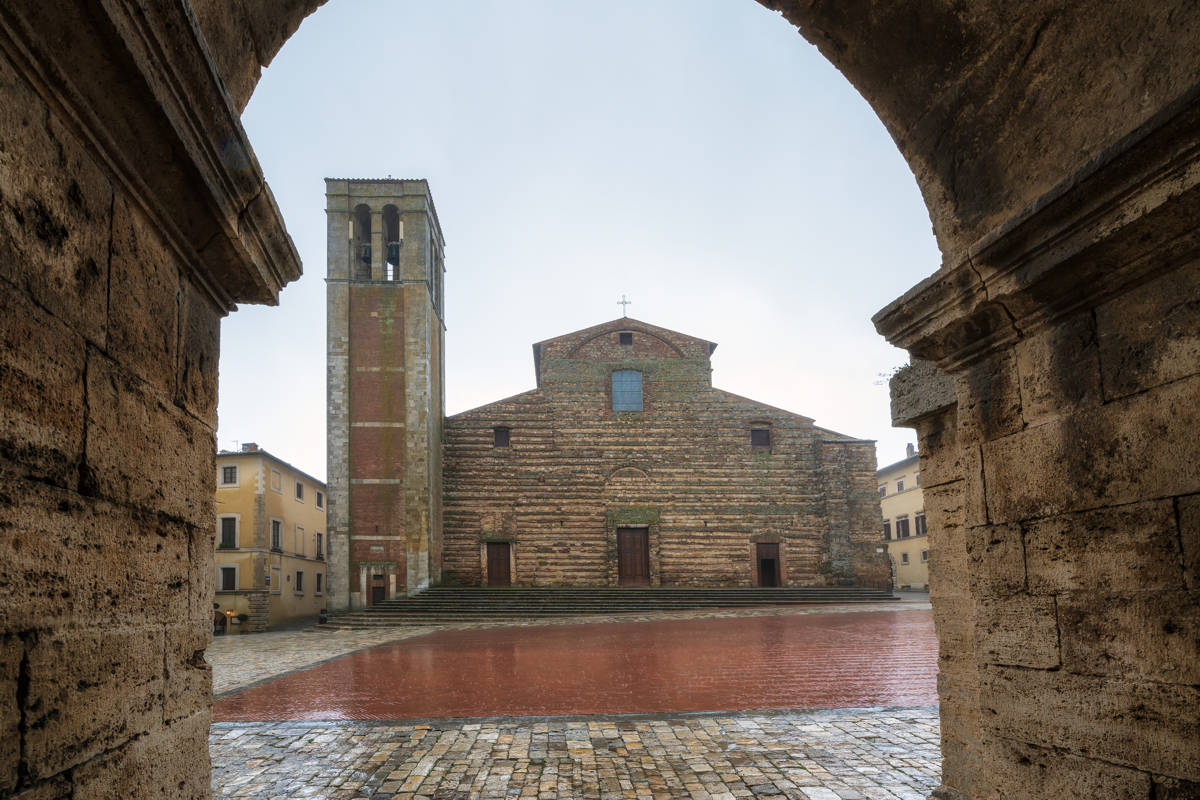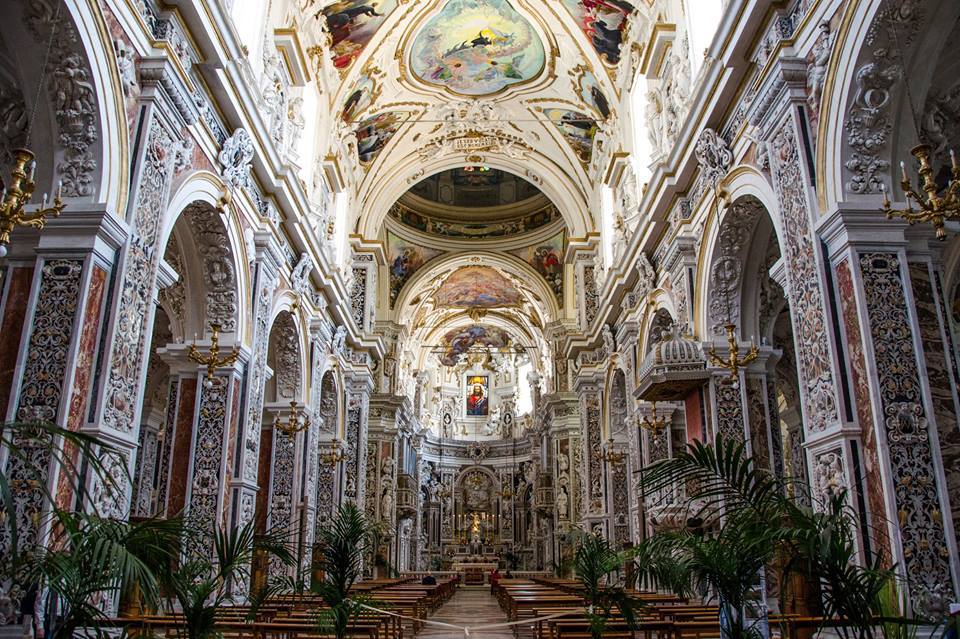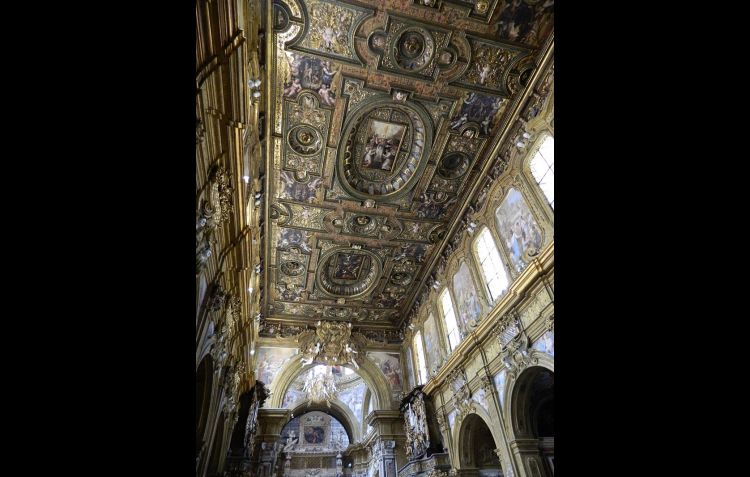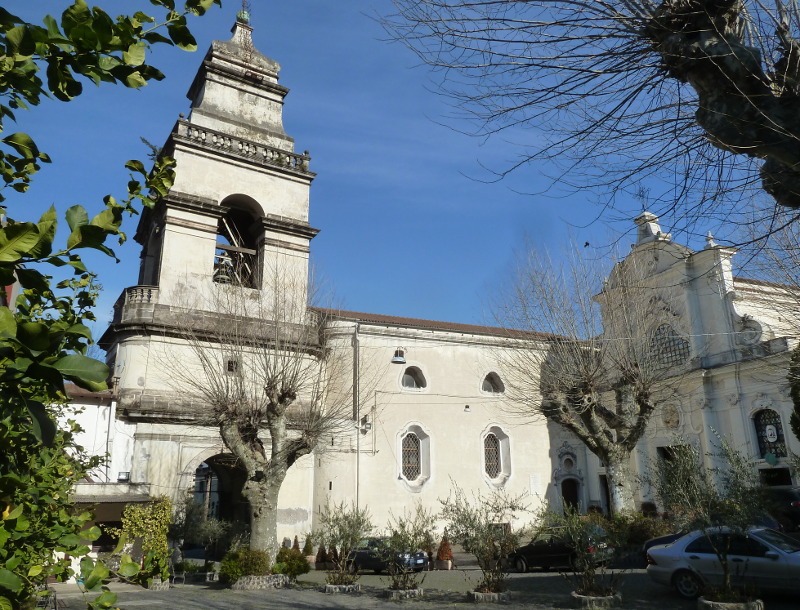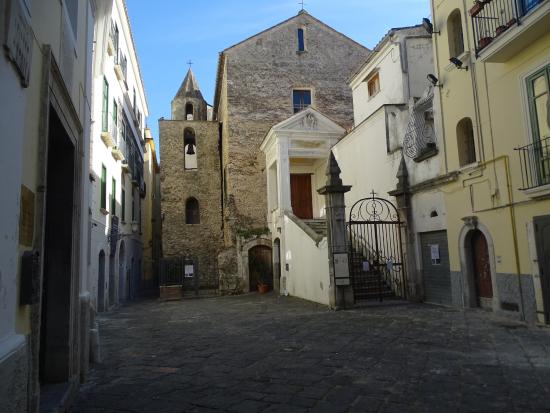The church of San Bartolomeo stands on a rocky bump against a spectacular mountain amphitheatre (M. Pietrarossa). It belongs to the ancient and important abbey complex founded in 962 by Bernardo, son of Linduno, count of Penne, rebuilt in the 12th century and again in the 13th. The monastery would have originally housed a Benedictine congregation, receiving from the Archbishop of Benevento an alleged arm of St. Bartholomew; it flourished rapidly and developed in prestige and possessions, as widely testified by the Chronicon of the monk Alexander. In 1258 the feudal rights of the Abbey of San Bartolomeo were ceded to the nearby complex of Santa Maria di Civitella Casanova. The Abbey of Carpineto thus became dependent on another monastery by adopting the Cistercian rule. A period of decadence began in the 14th century. After the abandonment by the monks, the architectural structures were deeply compromised and only the church remained of the complex, which still today suggests what the grandeur of the Abbey must have been in the Middle Ages. In a very suggestive complex, the rear part emerges, with the rectangular apse decorated with a single lancet window and a rose window, and the bell tower with a sail and double light. The admirable church is preceded by a portico with two arches, flanked on the left by a large bell tower, which collapsed in the upper part. Beautiful is the architraved portal, adorned with wraparound animal girals of various shapes, which shows similarities with the works of Maestro Acuto, a sculptor who lived in the twelfth century who worked in Abruzzo. The interior, with three naves, divided by three arches on each side on high pillars, and transept, reproduces the plan of S. Clemente a Casauria. Beautiful single lancet windows, often decorated with knotted and spiral side columns, illuminate the presbytery and the arms of the transept, raised, where the altar is placed on four columns, with capitals decorated with figures of animals (X century) and with the bases formed by Romanesque capitals. In the left aisle, near the staircase for the crypt (triapsidal and on pillars), a door leads into a barrel vault. The last restoration works date back to the 70s. Externally, on the right of the church, you can see some ruins of the rooms of the disappeared monastery, previously buried by an embankment. From the area in front of the church starts the "Path of the Abbeys" included in the tourist itinerary of the Gran Sasso e Monti della Laga National Park, which identifies the old connection path with the Abbey of Santa Maria di Casanova (Villa Celiera), marked according to CAI regulations.
